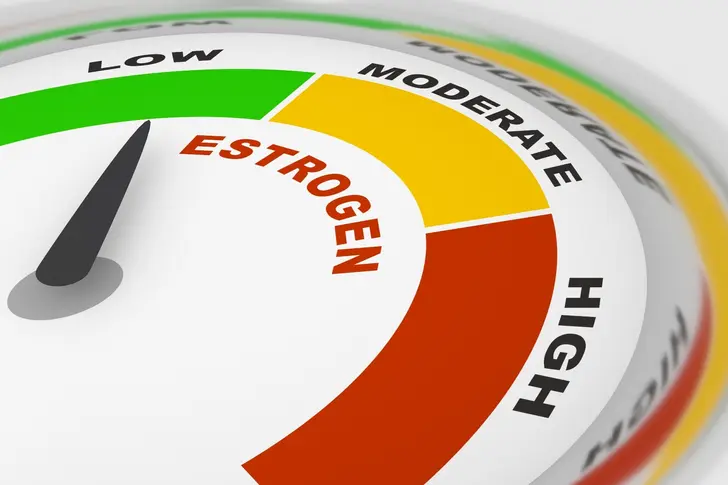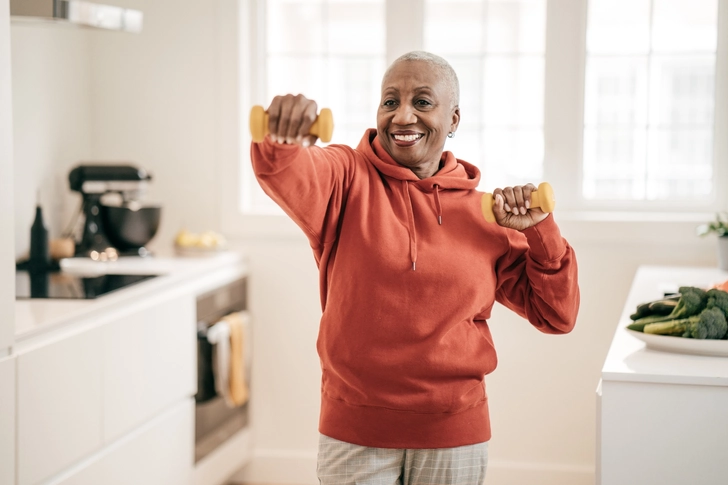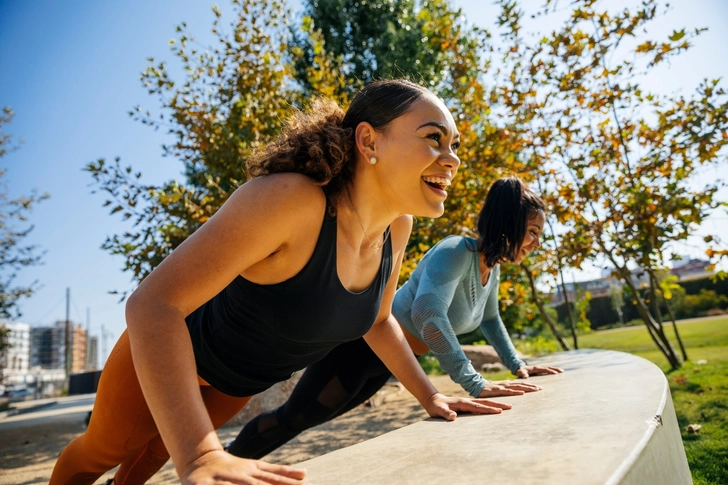10 Tips to Avoid Weight Gain After Menopause


Understand the Impact of Estrogen
Estrogen plays a crucial role in regulating body weight. With lower estrogen levels after menopause, women often experience increased appetite and decreased physical activity. This hormonal change can also lower the metabolic rate, making it harder to burn calories. Recognizing this change is the first step in addressing weight gain through targeted exercise and lifestyle adjustments.

Set Realistic Goals and Track Progress
Setting achievable goals is important for staying motivated. Track your progress by keeping a fitness journal or using fitness apps. Celebrate small victories and adjust your goals as needed to stay on track. This approach helps maintain a long-term commitment to your exercise routine.

Stay Active Throughout the Day
Incorporating physical activity into your daily routine can make a significant difference. Simple actions like taking the stairs, parking farther away, or engaging in active hobbies (e.g., gardening, playing with grandchildren) can add up and contribute to overall calorie burn and weight management.

Warm-Up and Stretch
Proper warm-up and stretching are crucial to prevent injuries and prepare your body for exercise. Spend at least 10 minutes warming up with gentle movements that engage major muscle groups. Follow this with stretching exercises to improve flexibility and reduce the risk of injury during your workout.

Incorporate Strength Training
Strength training is essential for building muscle mass, which naturally decreases with age. Increased muscle mass boosts your resting metabolism, helping you burn more calories even when at rest. Aim to incorporate strength training exercises, such as weight machines, dumbbells, exercise bands, or yoga, into your routine two to three times a week.

Engage in Low-Impact Aerobic Exercises
Aerobic exercises are excellent for cardiovascular health and can help you burn calories. Low-impact options like walking, swimming, and cycling are particularly beneficial as they are gentle on the joints. Strive to exercise moderately for at least 30 minutes most days of the week to maintain cardiovascular health and manage weight.

Mix Up Your Exercise Routine

Gradually Increase Intensity and Duration
As your body adapts to regular exercise, gradually increase the intensity and duration of your workouts. This progressive approach helps prevent plateaus in weight loss and continues to challenge your body. Start with moderate activities and slowly incorporate more vigorous exercises as your fitness level improves.

Pair Exercise With Healthy Nutrition
Exercise alone may not be sufficient for weight management after menopause. Combine your fitness efforts with a balanced diet rich in whole grains, fruits, vegetables, and lean proteins. Avoid processed foods, and keep a food diary to monitor your caloric intake. Eating smaller, more frequent meals can also help regulate hunger and maintain energy levels.

Consult With Professionals
Before starting a new exercise program, consult with your doctor, especially if you have any underlying health conditions. A doctor can provide personalized recommendations and refer you to a dietitian or personal trainer for specialized guidance. These professionals can help tailor a fitness and nutrition plan that suits your specific needs and goals.
Photo Credits:
Slide 1: iStock/Getty Images Plus
Slide 2: iStock/Getty Images Plus
Slide 3: DigitalVision/Getty Images
Slide 4: E+/Getty Images
Slide 5: E+/Getty Images
Slide 6: E+/Getty Images
Slide 7: Zamrznuti tonovi/Shutterstock
Slide 8: DigitalVision/Getty Images
Slide 9: iStock/Getty Images Plus
Slide 10: E+/Getty Images
Obesity Society: "Obesity in U.S. Adults: 2007."
Consumer Reports: "Working up a sweat helps women deal with menopause" and "Stay active and fit."
Weight Control Information Network: "Understanding Obesity."
Medscape: "Exercise, Weight Gain, and Menopause."
American Osteopathic Association: "Exercise in Post-Menopausal Women."
American Council on Fitness: "Exercise and Menopause."
National Institute of Diabetes and Digestive and Kidney Diseases.
Mason, C. Metabolism, January 2013.
National Weight Control Registry.
Cleveland Clinic: “Menopause Weight Gain: Is It Inevitable?”
Harvard Medical School: “Winning the weight battle after menopause.”
Women’s Health: “Menopause basics.”